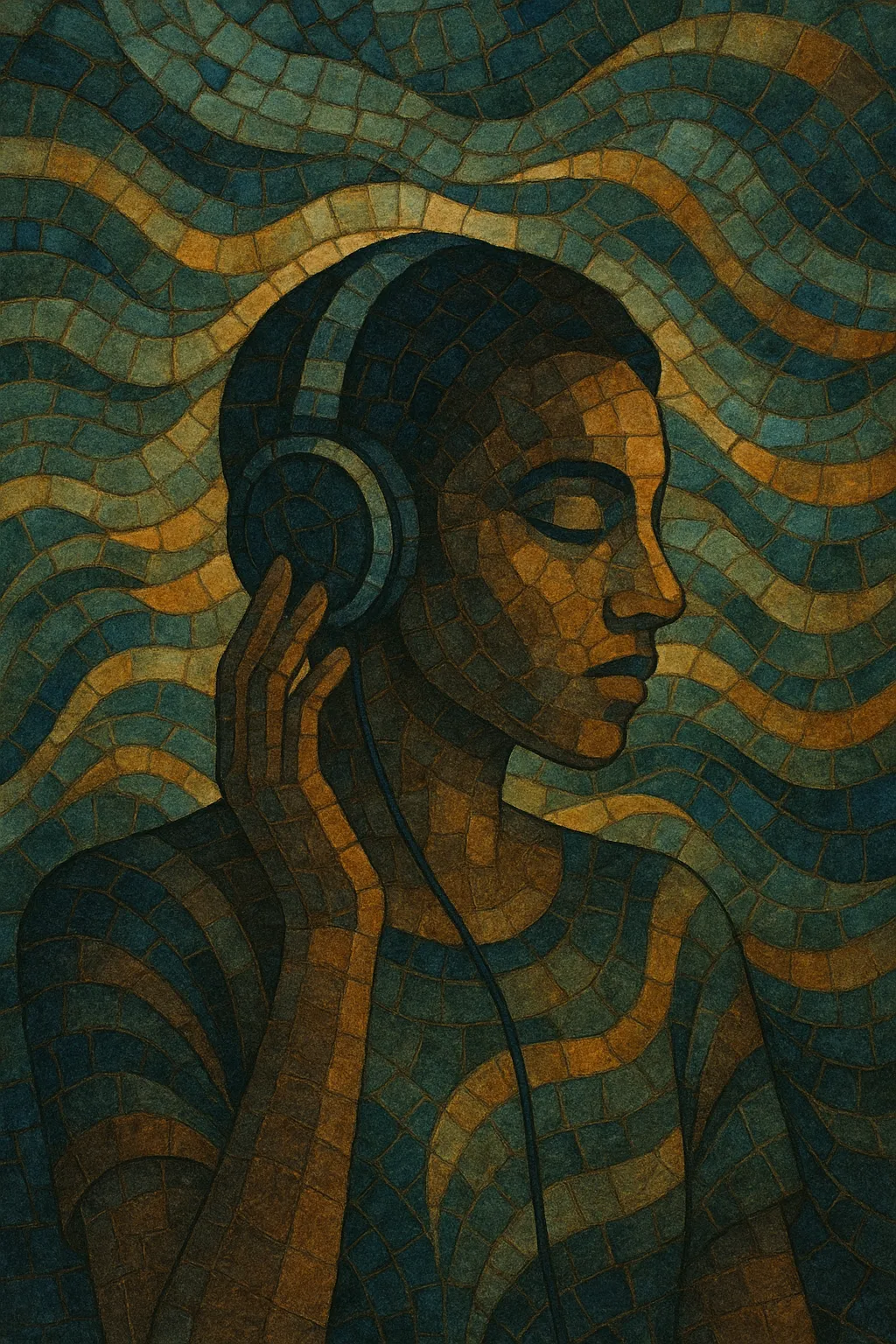Downtempo is a mellow, groove-oriented branch of electronic music characterized by slower tempos, plush textures, and a focus on atmosphere over dancefloor intensity. Typical tempos range from about 60–110 BPM, with swung or laid-back rhythms, dub-informed basslines, and warm, jazz-tinged harmonies.
Stylistically, it blends the spaciousness of ambient, the head-nodding rhythms of hip hop and breakbeat, and the cosmopolitan smoothness of lounge and acid jazz. Producers often use sampled drums, Rhodes or Wurlitzer electric pianos, guitar licks with delay, and field recordings to create intimate, cinematic soundscapes. The mood spans from soulful and romantic to introspective and dusk-lit, making it a staple of after-hours listening, cafes, and relaxed club back rooms.
Downtempo emerged in the early 1990s, primarily in the United Kingdom, as DJs and producers sought a slower, more reflective alternative to the high-energy tempos of house, techno, and rave. The Balearic beat culture of Ibiza, with its sunrise/sunset sets, and UK chillout rooms nurtured a taste for sedate tempos, open space, and eclectic programming. Ambient, dub, hip hop, lounge, and acid jazz supplied the key ingredients—wide stereo fields, deep low-end, syncopated breaks, and plush chords.
Throughout the 1990s, labels like Mo’Wax, Ninja Tune, !K7, Compost, and ESL Music supported a new wave of producers who refined the style. The Bristol milieu (closely tied to trip hop) informed the darker, moodier edge, while the Vienna scene (Kruder & Dorfmeister, Tosca) emphasized elegant, jazzy smoothness. Compilations such as the DJ-Kicks series and Café del Mar popularized the sound well beyond clubs, giving downtempo a global audience.
In the 2000s, downtempo reached living rooms and radio playlists. Artists such as Zero 7, Air, Röyksopp, and Thievery Corporation brought cinematic production, memorable melodies, and international influences, making the style a soundtrack to cafes, boutique retail spaces, film, and TV. The genre also intersected with nu jazz, lounge revivals, and softer strains of electronica, solidifying its role as a versatile listening music.
The streaming era reinforced downtempo’s presence in mood- and context-based playlists (study, focus, late-night). Producers blended it with lo-fi hip hop, future garage, and ambient pop, while crate-digging and sampling traditions persisted. The core ethos—unhurried grooves, textural richness, and emotional subtlety—remains intact, even as contemporary artists integrate modern sound design and global instrumentation.


